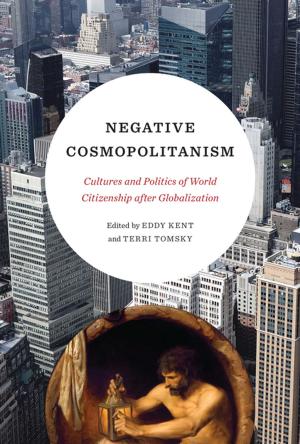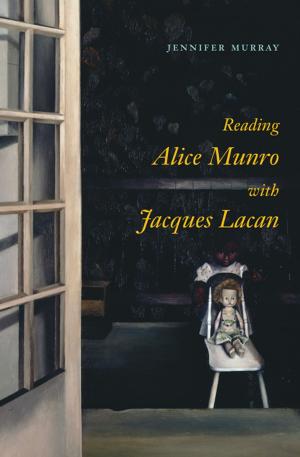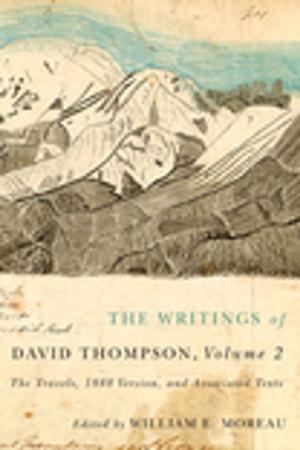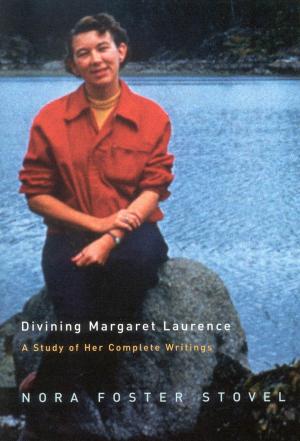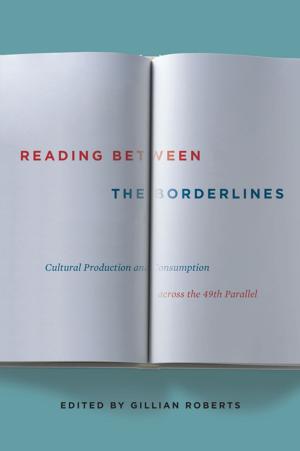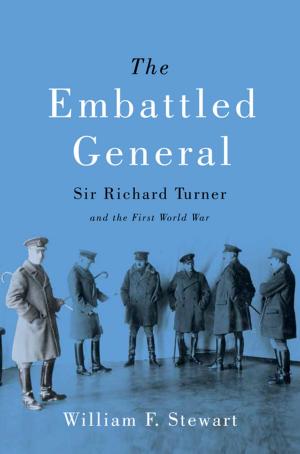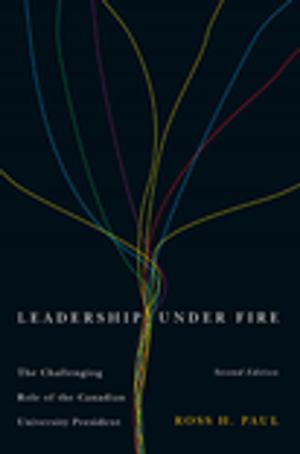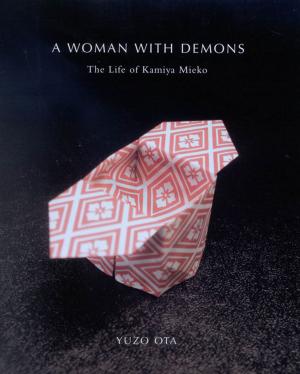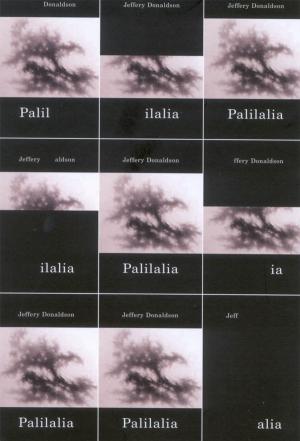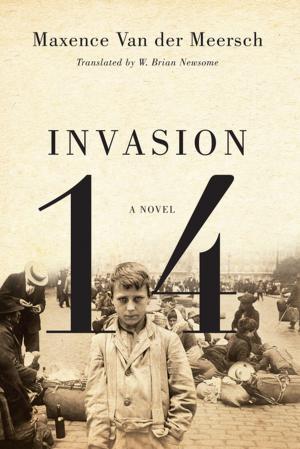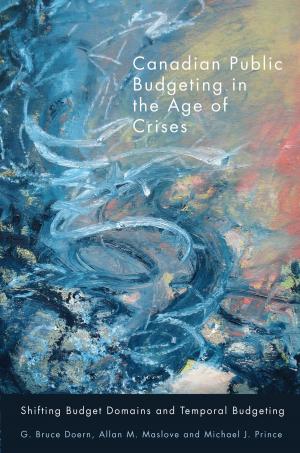| Author: | Diana Dimitrova | ISBN: | 9780773577633 |
| Publisher: | MQUP | Publication: | March 19, 2008 |
| Imprint: | MQUP | Language: | English |
| Author: | Diana Dimitrova |
| ISBN: | 9780773577633 |
| Publisher: | MQUP |
| Publication: | March 19, 2008 |
| Imprint: | MQUP |
| Language: | English |
Diana Dimitrova studies the representation of gender and religion in Hindi drama from its beginnings in the second half of the nineteenth century until the 1960s - the period when urban proscenium Hindi theatre, which originated under Western influence, matured and thrived. Her focus is on how different religious and mythological models pertaining to women have been reworked in Hindi drama and whether the seven representative dramatists discussed in this book present conservative or liberating Hindu images of the feminine. She examines how the intersections of gender, religion, and ideology account for the creation of the canon of modern Hindi drama, specifically the assertion of a conservative interpretation of orthodox Hindu images of the feminine as well as the exclusion of dramatists who introduce innovative liberating images of the feminine. The overt reason for the negative attitude toward this innovative representation of gender is that it is perceived as "Western" and thus "non-Indian." By contrast, the author's analysis of Hindu mythology, religion, and theatre history reveals that the new interpretation of gender is deeply embedded in Hindu tradition and is thus both Hindu Indian and modernist Western in character.
Diana Dimitrova studies the representation of gender and religion in Hindi drama from its beginnings in the second half of the nineteenth century until the 1960s - the period when urban proscenium Hindi theatre, which originated under Western influence, matured and thrived. Her focus is on how different religious and mythological models pertaining to women have been reworked in Hindi drama and whether the seven representative dramatists discussed in this book present conservative or liberating Hindu images of the feminine. She examines how the intersections of gender, religion, and ideology account for the creation of the canon of modern Hindi drama, specifically the assertion of a conservative interpretation of orthodox Hindu images of the feminine as well as the exclusion of dramatists who introduce innovative liberating images of the feminine. The overt reason for the negative attitude toward this innovative representation of gender is that it is perceived as "Western" and thus "non-Indian." By contrast, the author's analysis of Hindu mythology, religion, and theatre history reveals that the new interpretation of gender is deeply embedded in Hindu tradition and is thus both Hindu Indian and modernist Western in character.

